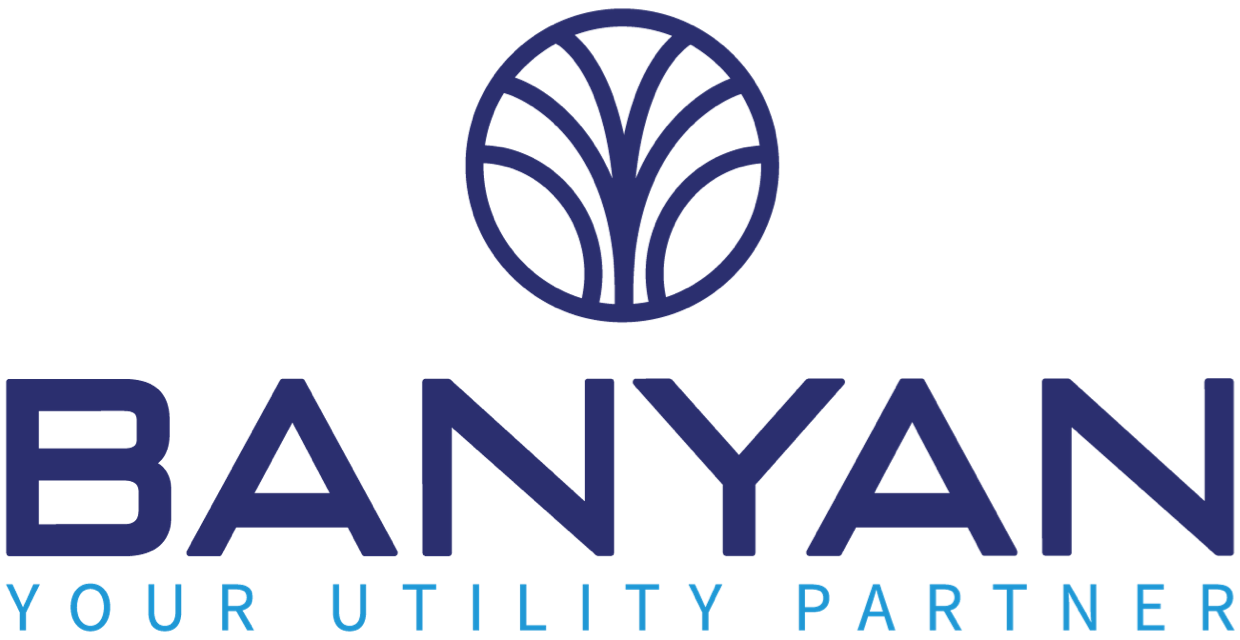
Why You Need Utility Expense Management In 2020
As challenging as 2020 has been, unexpected situations like a global pandemic give us a chance to think differently about how we do business and create opportunities to focus on what matters most.
While taking care of residents is top-of-mind, there are probably other things that are not the best use of your team’s time and energy.
Assume you have five properties, and each has between 4 and 10 utility bills per month.
Someone on the team has to make sure all of these are received and paid because, unlike other invoices, utilities will be disconnected if not paid on time. Working remotely adds delays while someone goes to collect paper bills.
Let’s say Don pays your utility bills. He rounds up 30-50 utility bills per month and processes them for payment. Don says it’s no big deal, assuming everything goes right, but he doesn’t just pay utility bills; he does 100 other things for your company.
What if a bill is lost in the mail, or arrives late, or is caught in a spam filter? If Don is not watching for this to occur, then disconnect notices will follow.
By the time a late payment is resolved, three or four other people might have spent their time working on this issue. It’s getting expensive to pay these bills.
Don is on top of his job, and invoices are paid promptly, but what if there are errors? What if you carefully negotiated a new rate, and it wasn’t accurately reflected on the bill? What if a leak is resulting in higher bills, and no one has noticed? What if a resident moves in, but doesn’t put the utilities in their name? What if a meter is misread and a calculation isn’t correct? I could go on and on, but there are many potential problems that can cost you money.
Don knows your business well, and he’s been a valuable asset to your company. Is paying the utility bills and hunting for errors the best use of his time, or could you continue to develop his skills to add even more value to your business?
The example of Don and his utility bills brings me to utility expense management (UEM) and why people choose to outsource this tedious task.
The big reason to outsource utility bills is cost savings. According to payment automation company, MineralTree, the actual cost of processing an invoice in 2020 is $20.00*.
We use Cass as our UEM partner because they are a member of the Federal Reserve and categorized as a bank, so not merely a vendor that pays your bills, but a financial institution subject to regulation with assets of $1.4 billion.
Cass has an exceptionally powerful proprietary system developed for collecting, analyzing, and paying invoices, preventing disconnects, and resolving errors. The turn-around time from receipt of the invoice to payment is usually 24 hours.
Cass avoids payment delays because they don’t wait for invoices to get routed through post office substations and delivered with regular mail. They pick up invoices at the central station several times a day, including nights and weekends.
A paper invoice has been opened in seconds, scanned with custom optical character recognition software, queued for verification by several humans in the QA process, and then queued for payment before it is late.
Cass has a team to get errors resolved or resolve shutoffs before they happen if something goes wrong. Cass pays over $60 billion in invoices for more than 1,000 companies.
Cass’ custom technology and economies of scale reduce late fees, missed payments, duplicate payments, and service shutoffs.
Most importantly, they save our clients a lot of money and free up their staff for more important job functions.
To learn more about UEM and how it can benefit your business, click below and chat with us.
